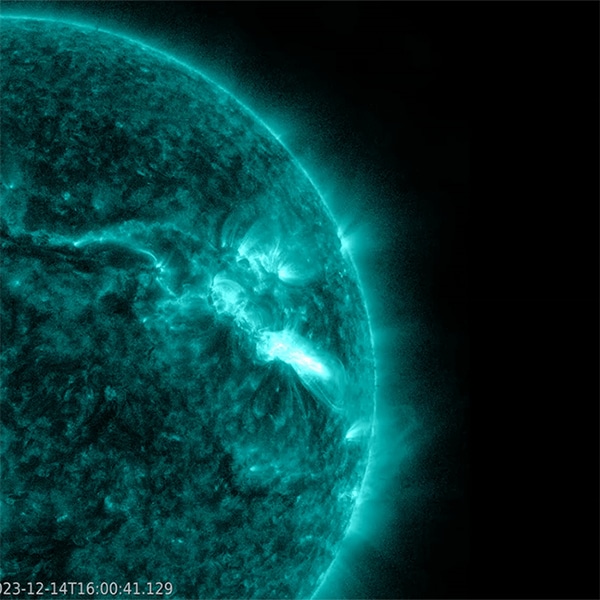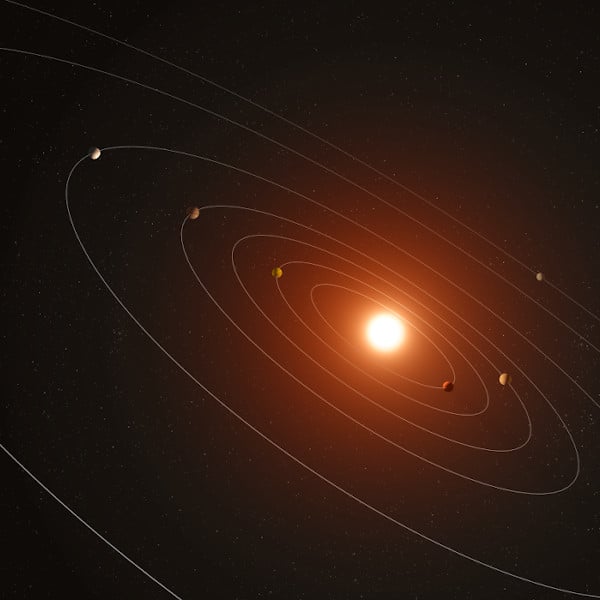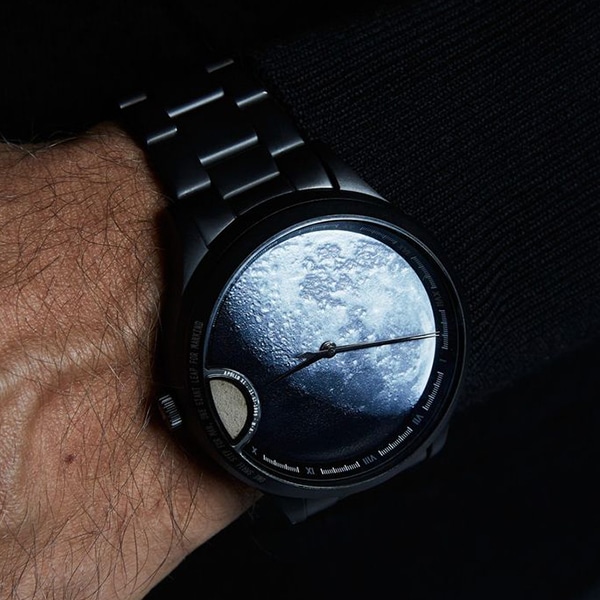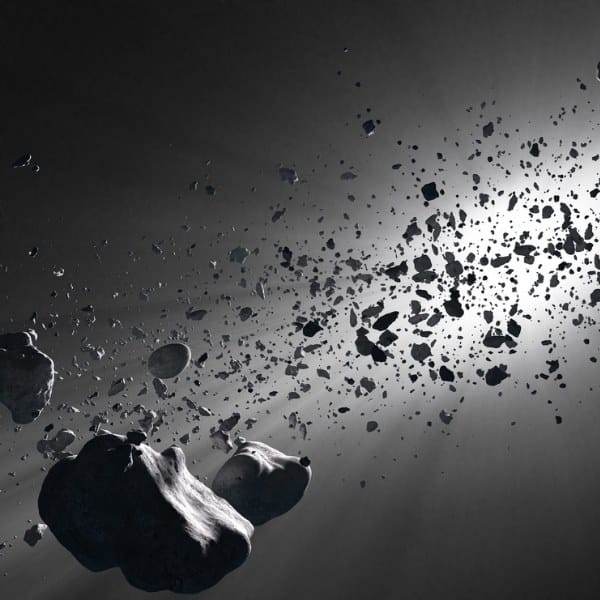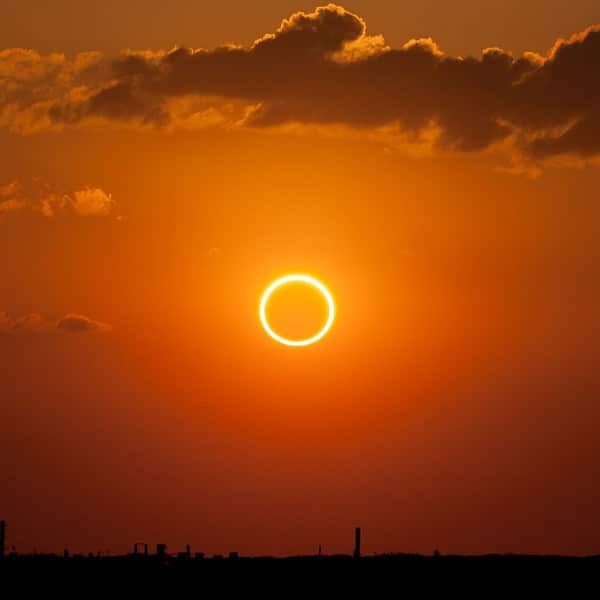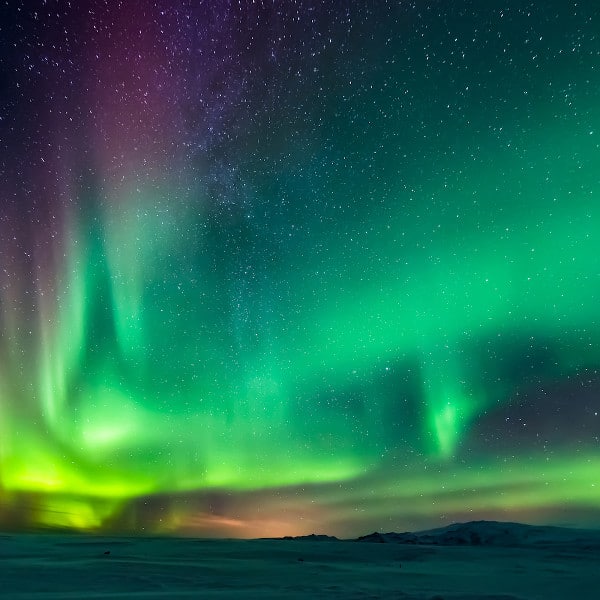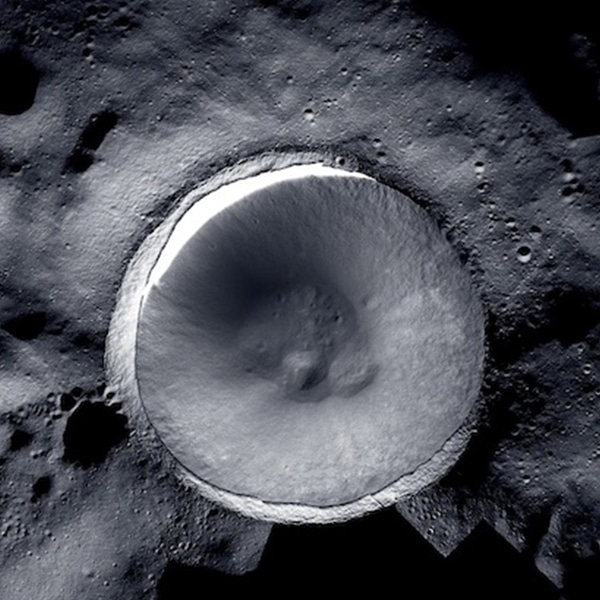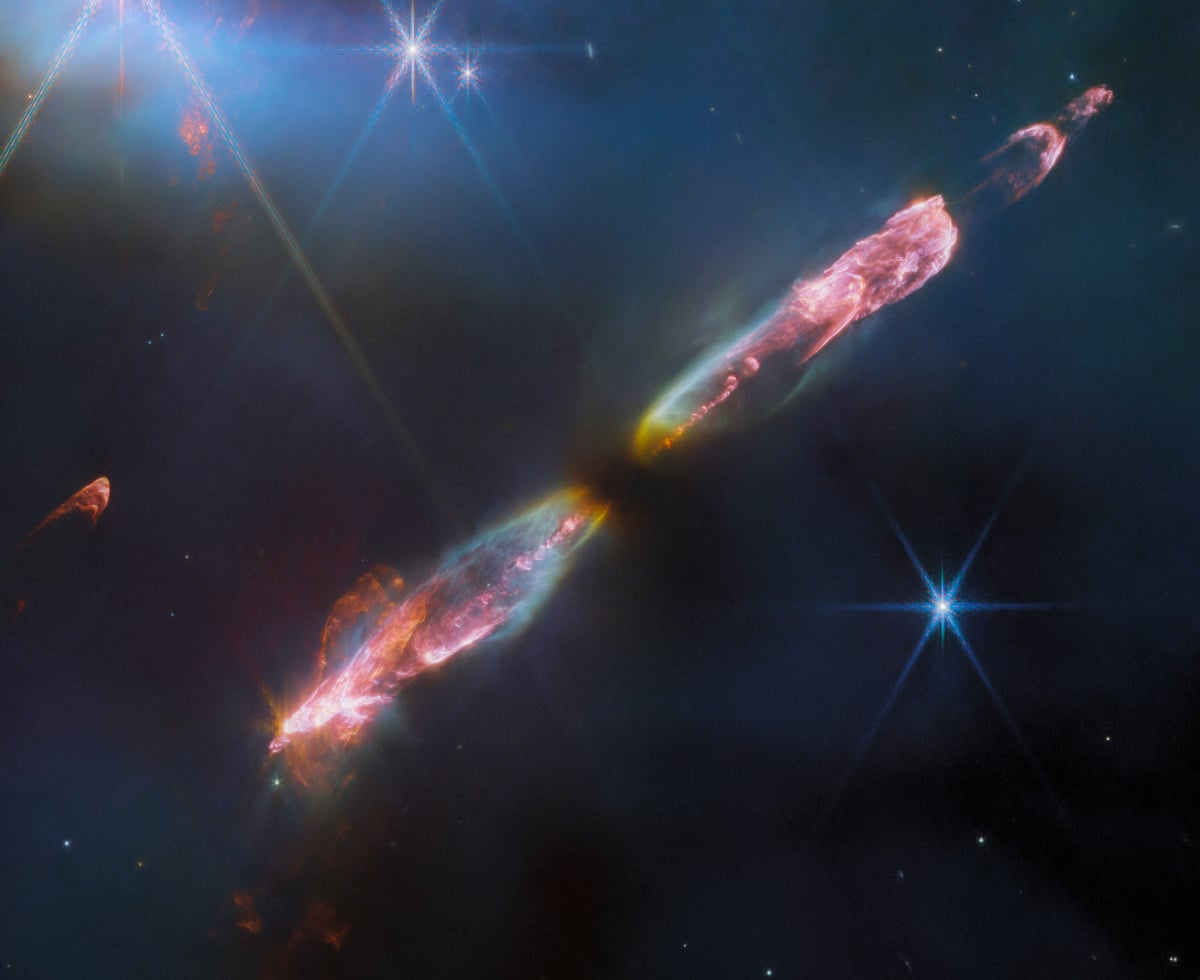
“NASA’s James Webb Space Telescope’s high resolution, near-infrared look at Herbig-Haro 211 reveals exquisite detail of the outflow of a young star, an infantile analogue of our Sun. Herbig-Haro objects are formed when stellar winds or jets of gas spewing from newborn stars form shock waves colliding with nearby gas and dust at high speeds.” Photo: ESA/Webb, NASA, CSA, Tom Ray (Dublin)
The James Webb Space Telescope (JWST) has allowed astronomers to marvel at celestial bodies located galaxies away. But now, it will also help them understand our nearby celestial bodies better. NASA recently shared an image of Herbig-Haro 211, an object similar to our Sun when it was just a baby star.
“Herbig-Haro (HH) objects are luminous regions surrounding newborn stars, formed when stellar winds or jets of gas spewing from these newborn stars form shock waves colliding with nearby gas and dust at high speeds,” NASA explains. “This image of HH 211 from NASA’s James Webb Space Telescope reveals an outflow from a Class 0 protostar, an infantile analog of our Sun when it was no more than a few tens of thousands of years old and with a mass only 8% of the present-day Sun (it will eventually grow into a star like the Sun).” Located at 1,000 light-years away in the constellation Perseus, Herbig-Haro 211 is much younger than our Sun, which is about 4.6 billion years old.
To capture this wonderful image, scientists relied on the Webb Telescope's Near Infrared Camera (NIRCam). According to NASA, infrared imaging is a powerful resource when studying newborn stars and their outflows, because they are without exception still embedded within the gas from the molecular cloud in which they formed. “The infrared emission of the star’s outflows penetrates the obscuring gas and dust, making a Herbig-Haro object like HH 211 ideal for observation with Webb’s sensitive infrared instruments,” they explain. “Molecules excited by the turbulent conditions, including molecular hydrogen, carbon monoxide, and silicon monoxide, emit infrared light that Webb can collect to map out the structure of the outflows.”
While this is not the first time scientists have captured images of Herbig-Haro 211, the infrared technology has offered them a much clearer image than the previous ones with roughly five to 10 times higher spatial resolution. In the picture, we can see a series of bow shocks in the lower left and upper right of the image, as well as the narrow bipolar jet that powers them. Astronomers had previously spotted these shocks with ground-based telescopes, but these new observations revealed that the object's outflow is relatively slow in comparison to more evolved protostars with similar types of outflows.
Once again, the images obtained by the JWST turn out to be both tremendously insightful and strikingly beautiful. In studying far away celestial bodies, astronomers strive to learn not only about the mysteries hiding in the depths of our universe, but also learn about the past of those stars and planets we think we know well.
NASA recently shared an image of Herbig-Haro 211, an object similar to our Sun when it was just a baby star.
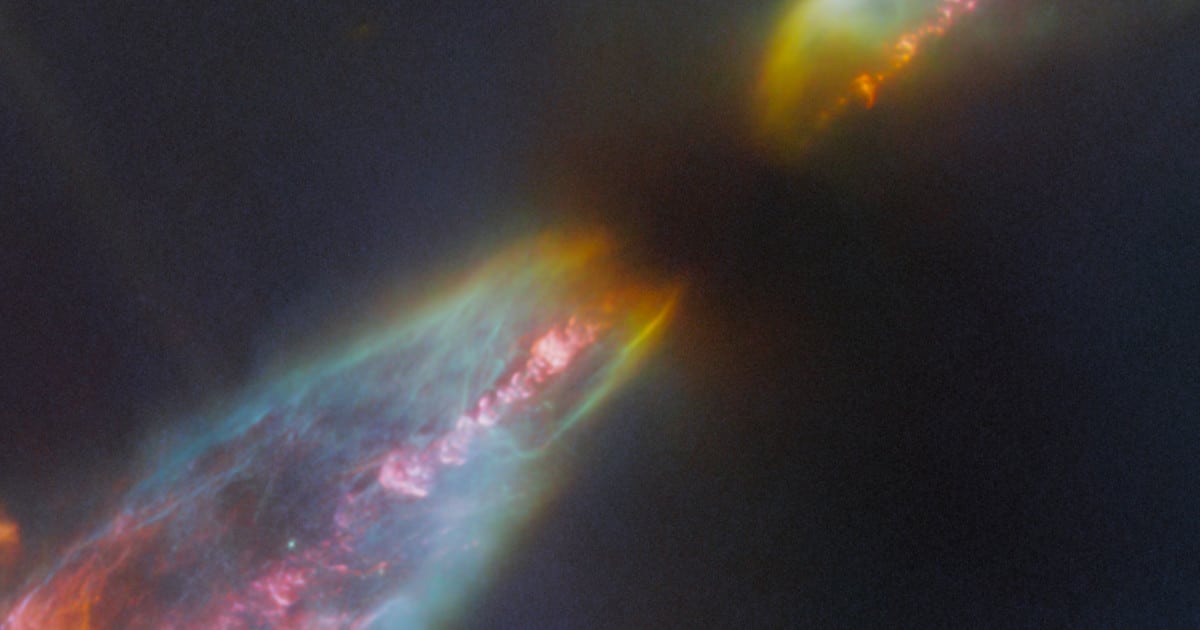
Detail of Herbig-Haro 211. Photo: ESA/Webb, NASA, CSA, Tom Ray (Dublin)
“Herbig-Haro (HH) objects are luminous regions surrounding newborn stars, formed when stellar winds or jets of gas spewing from these newborn stars form shock waves colliding with nearby gas and dust at high speeds.”
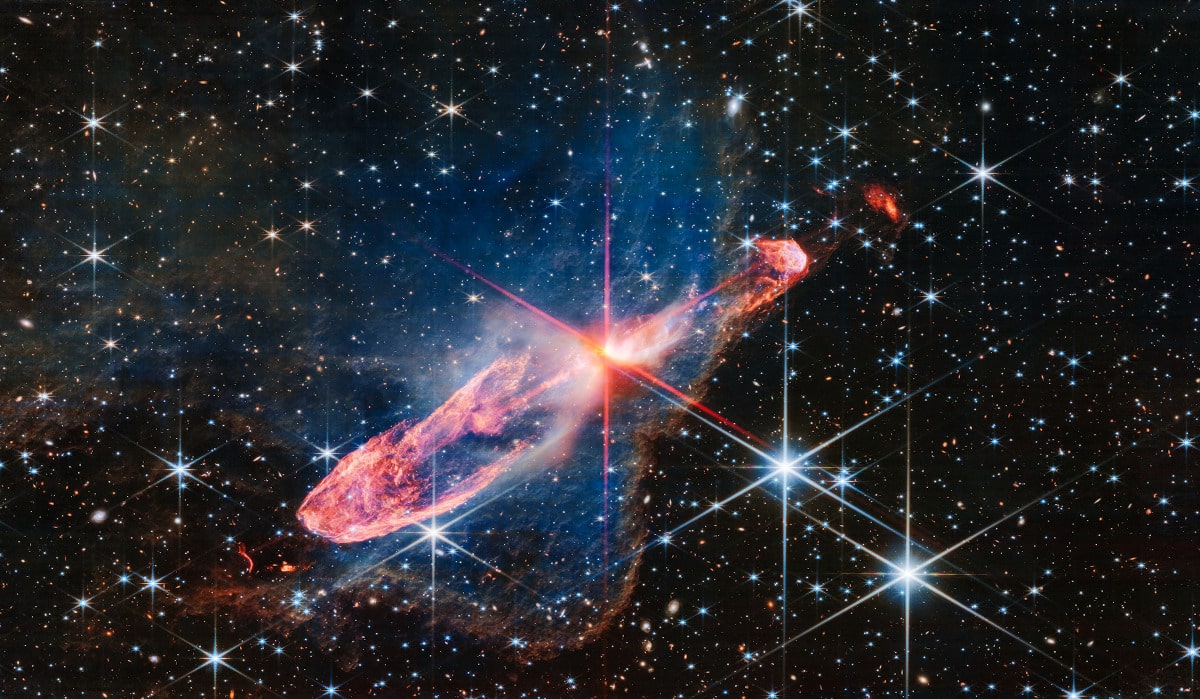
Herbig-Haro 46/47, a similar object to Herbig-Haro 211. Photo: NASA, ESA, CSA / Image processing: Joseph DePasquale (STScI)
Webb Space Telescope: Website | Facebook | Instagram | YouTube
h/t: [PetaPixel]
Related Articles:
Webb Telescope Discovers Molecules Only Made By Living Organisms on Exoplanet
James Webb Space Telescope Captures the Ring Nebula in Stunning New Images
Rare Star on the Brink of Going Supernova Photographed by the James Webb Space Telescope











































































